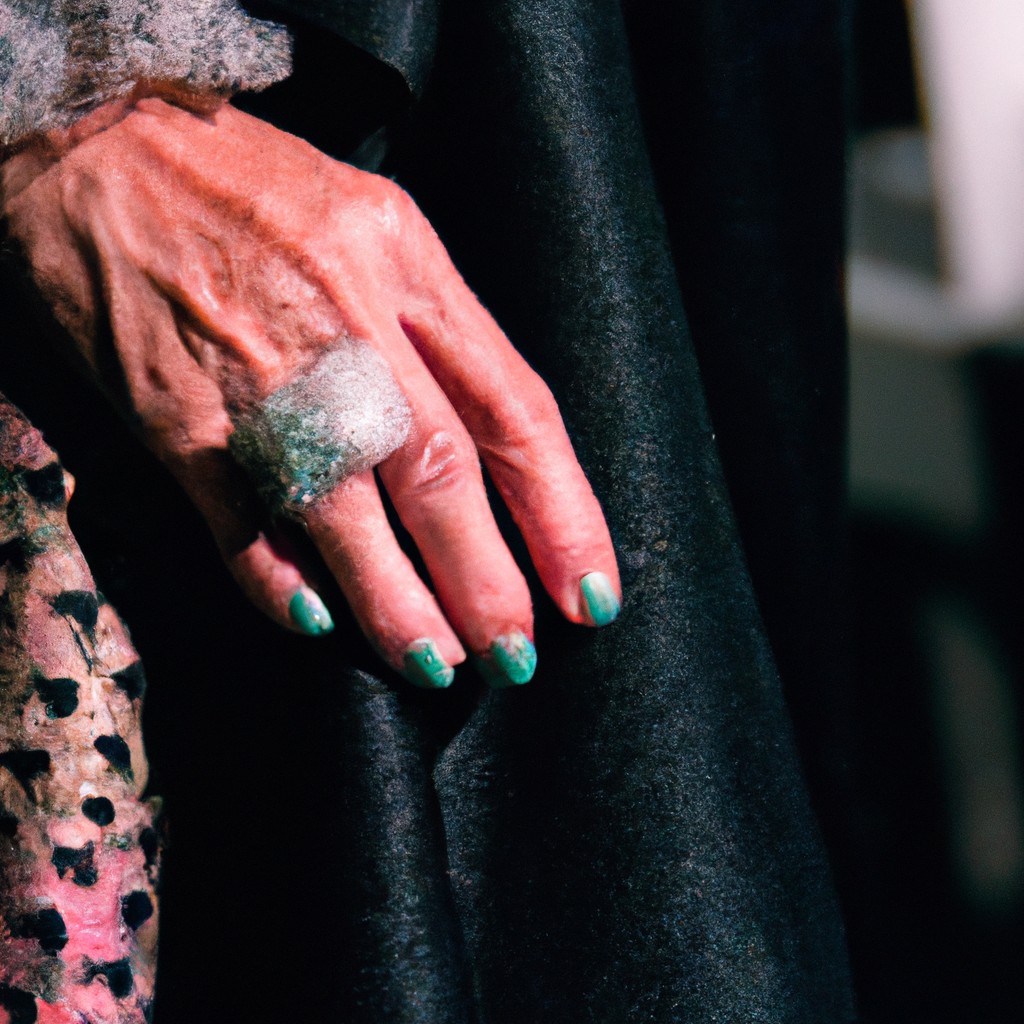Looking for a way to explore the world and celebrate its cultural diversity? Look no further than global fashion gatherings. From runway shows to trunk shows to fashion camps, people around the world are embracing the chance to come together and share their love of fashion. Whether it’s streetwear in Tokyo, haute couture in Paris, or boho-chic designs from the markets of Marrakech, these gatherings give a chance to explore the many ways fashion is used to express cultural diversity. From traditional motifs to eclectic mashups, we’ll explore the vibrant colors, textures, and styles that come together to create unique looks. When you attend a global fashion gathering, you’re sure to leave with an appreciation for the beauty of cultural diversity and a new appreciation for the subtle ways we use fashion to express ourselves.
1. From Catwalks to Bazaars: Exploring Cultural Diversity in Global Fashion
The dynamism of fashion trends has taken quite a journey with time, travelling from the ramps of haute couture to the stalls of street marts. As globalization pervades, cultural intricacies find themselves more often than not appearing in what people choose to wear. From Brazilian bikinis and African-inspired head wraps to bright Indian saris and flamboyant Mexican moustaches – who knew apparel could be such an intriguing indicator of a people’s innermost essence?
Beyond their deep-rooted heritage, the various fashion styles presented at global level offer far more to the modern world than just visual stimuli – they always hint at a specific culture’s unique narrative. Embedded in traditional dress in each region of the world is a story to tell!
The well-known and the not-so-known:
- Let’s start with the former. We can all recognize the glamourous designs splashed out across the catwalks of Milan, Paris and London, that are usually seen as being ironically out of reach for the mass majority. But, these famous international collections act as a sign of respect when it comes to incorporating cultural diversities into contemporary designs.
- Now to the less obvious – it’s at the local bazaars or busy flea markets where the story of variety really comes alive. Each culture’s unique repertoire of designs can be seen from the intricate details found in apparel from places like Bangladesh, Peru and Saudi Arabia.
The traditional value systems woven into the designs of different cultures ultimately allow them to distinguish themselves amidst this waves of global influence. Fashion is by no means an exception, and understanding its role in global diversity proves to be an enriching experience.
2. Gathering Together: Celebrating Shared Experiences Through Design
Design is a powerful tool for both expressing our individual identities, as well as coming together to unite as a collective. It can be used to bridge gaps and open doors to conversations, making it an invaluable element of shared experience.
Exploring Cultural Identity
- Design can play an important role in helping to form and maintain a cultural identity.
- Through colors, shapes, images, and symbols, we can express an entire history of beliefs and societal connections.
- Expressing one’s culture with thoughtful designs can spread and remind people of the values and ideas that make up each unique community.
Building Communities Through Shared Experiences
- Design can be used to bring people together and remind us of the commonalities that connect us all.
- Shared experiences can override superficial differences, and help bridge gaps that divide people.
- Through the storytelling of design, it can be a celebration of our individual histories and a reminder of the joys of being part of a larger collective.
Designing for Empathy and Connection
- Design can be used as a tool for empathy, bridging gaps between cultures.
- It can be a way to connect people from different backgrounds and walks of life, creating opportunities for understanding and growth.
- In the bigger picture, design can help to show the similarities between us and, instead of focusing on our differences, find ways we can come together as a society.
3. Blending Local Elements: Embracing Cultural Synergies in Fashion Design
Fashion designers who blend local elements in their creations are able to bring together distinct cultural cultures and symbols, leading to a unique, one-of-a-kind style. Leveraging cultural synergies in fashion design allows for an incredible display of creative expression that celebrates a variety of customs and cultures.
Take for example a dress that uses Mexican embroidery to celebrate Dia de Los Muertos, or Day of the Dead. The dress design is inspired by the vibrant patterns and colors associated with the special holiday, and the embroidery adds an incredibly intricate and detailed finish. Even though the dress is rooted in Mexican culture, its unique craftsmanship can be appreciated by people from all over the world.
Blending local elements in fashion can also be used to create collections that are inspired by the most iconic symbols of a given country. In Brazil, for instance, palm trees, sunsets, and beaches are incredibly representative elements. Combining these visuals with bold colors can create a stunning effect.
Designers should also consider the geographical elements too, such as the traditional dress of a certain country or region. For example, Chinese-inspired garments often feature authentic silks and satins using profound colors, and this signature style can be seen in many publications around the globe.
- Embracing Cultural Synergies: Fashion design is the perfect opportunity to blend different cultural styles together and embrace the synergies.
- Unique Elements: Incorporating local elements can create a unique one-of-a-kind style that can be appreciated by many.
- Iconic Symbols: Using iconic symbols of a certain country can create collections that are truly unique.
- Geographical Elements: Traditional dress from countries or regions can be a source of inspiration too.
4. Taking the Next Step: Redefining the Global Fashion Landscape
The global fashion landscape is far from static. Each decade brings a new wave of trends, styles, and movements – but this isn’t enough. It’s time to take the next step and redefine fashion from a global perspective.
First, let’s look at traditional fashion, or clothing, as it’s becoming increasingly outdated. Improved digital manufacturing means that clothing items can now be made faster and with more precision. We’re also starting to see a shift in consumer preferences, as people become more attracted to sustainability and ethical fashion.
Next, we must look at the role of technology and digital media. With the rise of e-commerce and social media, fashion is now accessible to a much wider audience. This is allowing for a more connected and collaborative approach to fashion. Online communities are giving people more insight and influence on the industry, while allowing them to connect with like-minded people from around the world.
Finally, we need to challenge existing fashion paradigms. We should encourage people to think outside of the box and be more inventive with fashion. It’s time to delve into new materials, fabrics, and silhouettes while embracing both traditional and modern techniques.
- Upcycling and sustainable fashion is essential.
- We must also embrace diversity and inclusivity.
- Creativity should be encouraged and experimentation embraced.
To truly appreciate the beauty of global fashion gatherings, and the exploration of cultural diversity in design, is to come away enriched, with an open mind and a newfound appreciation for the wonderful differences that exist in the world. Unleashing the power of creativity to transcend cultural boundaries and express deep seeded cultural identity is the true purpose behind a global fashion event; it is heartwarming to see the effort made to celebrate this achievement, bringing cultures together to share their art and beauty.




